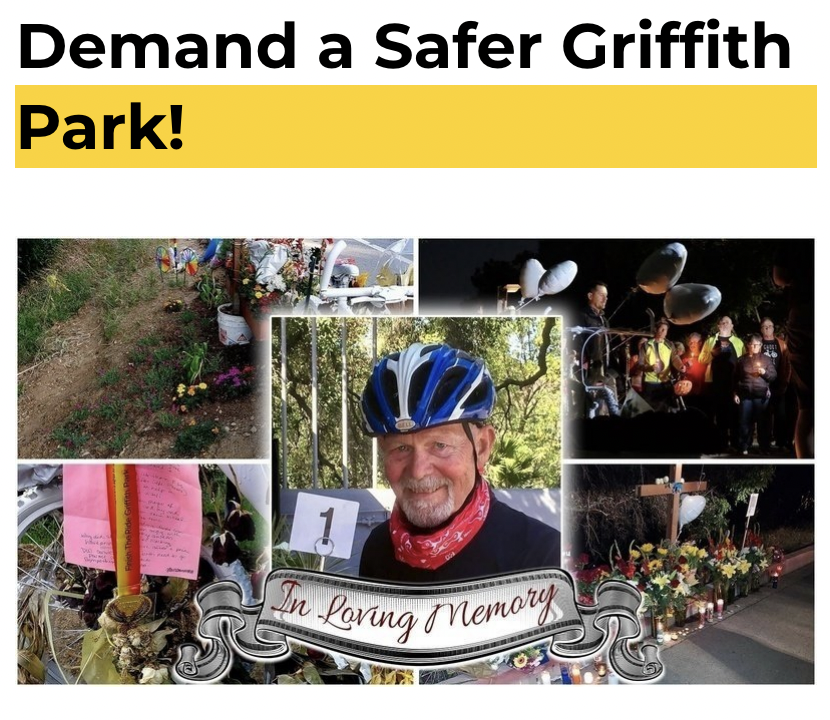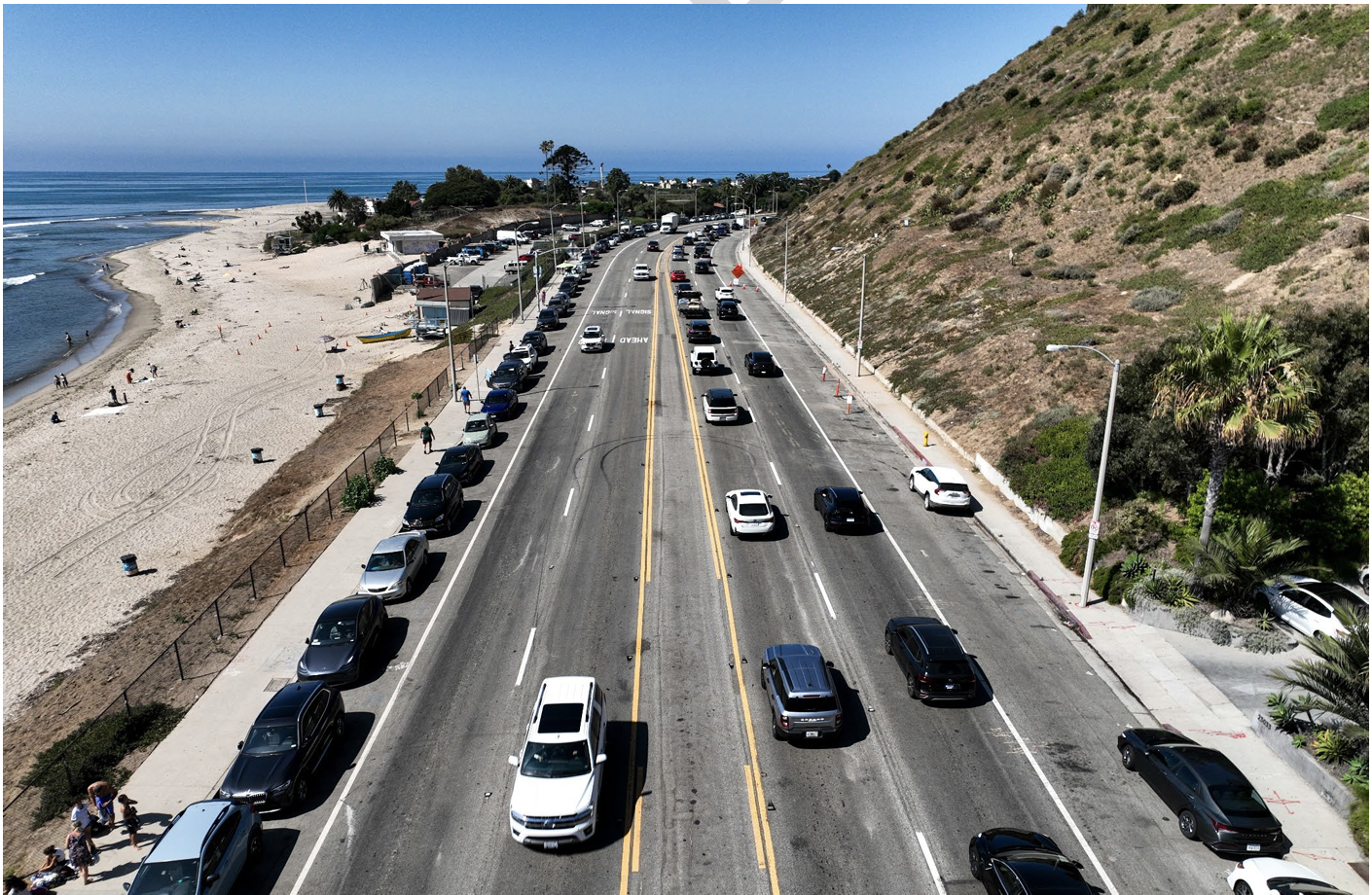In the city of Cambridge, just about an hour's train ride north of London, you'll find lots of people bicycling. In fact, the official bike mode share is 22 percent, but advocates believe it's even higher and could comprise up to 50 percent of all trips in the city center.
More than protected bike lanes, the key to Cambridge's success has been the management of motor vehicle traffic. For one, the city center is now ringed by a cordon of moveable bollards that only recede for buses, taxis, and some service vehicles. Private cars are not allowed downtown but people on bikes are free to enter at any time -- which makes the bicycle the most convenient mode of transportation.
In residential neighborhoods, Cambridge has also tamed cars using a strategy called "filtered permeability" -- placing physical barriers at some intersection that divert motorized traffic while allowing other modes to filter through. This prevents motorists from using residential areas as short cuts and encourages cycling. Similar techniques are employed in famous cycling cities like Groningen, Copenhagen, and Amsterdam, and even here in the U.S. in places like Portland and Berkeley.
Cambridge is a growing city, and if new residents choose to drive cars, its streets could become overwhelmed by traffic. So the effort to create better streets for biking and walking continues. Recently, the city has adopted a 20 mph speed limit for most of its roadways, and a new push is on to install much more robust protected bike lanes in targeted areas where cycling feels less safe.
For bonus footage of Cambridge streets, check my post from earlier this week.





